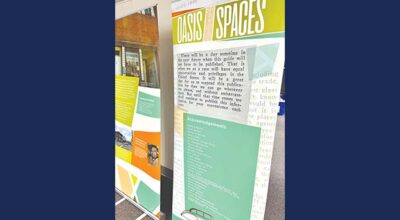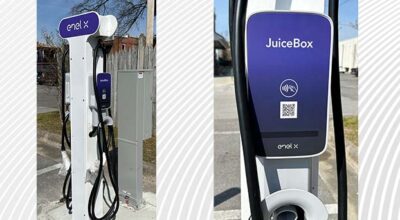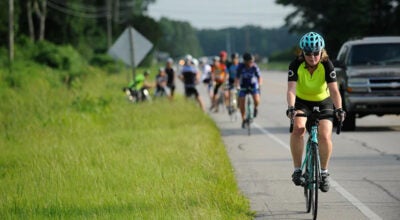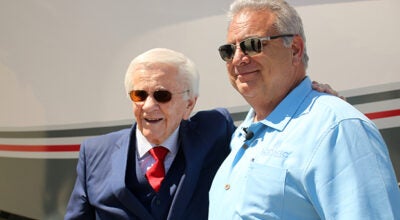Troopers launch ‘Operation: Drive to Live’
Published 6:55 pm Tuesday, April 21, 2015
The North Carolina Highway Patrol is serious about student safety.
This week the highway patrol is conducting “Operation Drive to Live” throughout the state, as troopers focus their efforts on promoting driving safety in and around schools with student drivers.
Over the next several days, student drivers shouldn’t be surprised by the highway patrol presence near schools.
“Locally, we have troopers assigned to work different high schools in the morning and in the afternoon, patrolling in those areas,” said Sgt. Christian Haddock. “We’ll be looking for any clear-cut violation. Of course, in the school zones, speeding is going to be one of the primary things we’re looking for.”
Haddock said, if troopers make a stop, they will also be checking drivers licenses and license restrictions to make sure young drivers are in compliance with the law.
The new campaign is aimed at reducing the number of traffic deaths and collisions involving teenagers — in 2014, troopers investigated nearly 49,000 accidents involving drivers and passengers between in the ages of 15 and 19 years old. Of those collisions, there were 113 deaths and over 9,000 injuries, according to a press release.
“When you’re dealing with the younger drivers, 16 and 17 years old, that’s where we’re seeing the majority of fatal accidents, and that’s from driving distracted,” Haddock said.
Beaufort County has seen a few of those fatal accidents: the 2011 texting and driving death of Southside High School senior Sarah Edwards and the death of Southside sophomore Stone Prechtl last month — not wearing a seatbelt and speeding contributing to the tragedy.
The hope is that “Operation: Drive to Live” and the highway patrol presence will have a positive impact on drivers, just as students enter prom and graduation season. Haddock had this safety advice for young drivers on the roads.
“The biggest thing is just to avoid excessive speeds and any type of distraction, whether that’s cell phones — obviously no texting — and not having too many people in the car,” he said.





